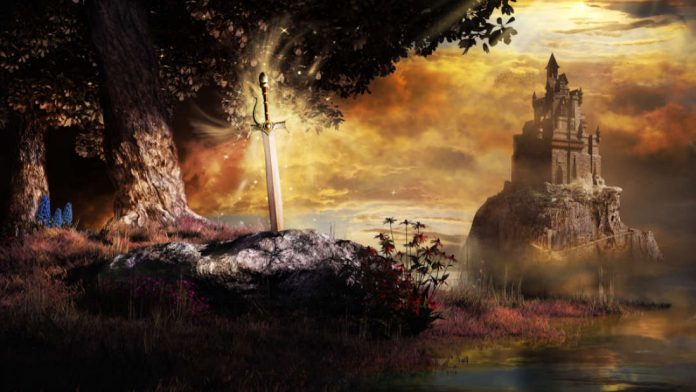When academic Michael Richardson headed into the University of Bristol’s Special Collections Library, the task was a fairly simple and familiar one: look for new reading materials for the University’s MA in Medieval Studies. What he didn’t expect to find was an entirely new rendering of the legends of King Arthur, Merlin, and the Holy Grail.
Found bound inside 16th-century books were seven hand-written parchment fragments that, upon closer investigation, Richardson recognized to contain several legendary names, including Merlin the wizard. He quickly contacted Leah Tether, President of the International Arthurian Society, to see if his finds were compelling. Together, the two found that fragments from the original manuscripts tell the stories of Arthurian legends with subtle but significant differences from traditional narratives.
“These fragments of the Story of Merlin are a wonderfully exciting find, which may have implications for the study not just of this text but also of other related and later texts that have shaped our modern understanding of the Arthurian legend,” Tether said in a statement.
“Time and research will reveal what further secrets about the legends of Arthur, Merlin and the Holy Grail these fragments might hold.”
As the story goes, Arthur, Merlin, Gawain, and other knights are set preparing for a battle against Lancelot’s father’s sworn enemy, King Claudas. The tale then goes on to describe Merlin’s strategizing of the attack, followed by a long description of the battle where, at one point, Merlin motivates the troops, then leads the charge with Sir Kay’s special dragon standard – one that breaths real fire. Arthur wins the battle in the end, just before the good drama really begins (complete with a new baby on the way, more battles, lucid dreams, and seduction).
Researchers note the newly revealed fragments depict longer, more detailed accounts of the story, some only small details and others much more glaring.
“There are many more differences, too, but because of the damage to the fragments, it will take time to decipher their contents properly, perhaps even requiring the use of infra-red technology,” said Tether.
The texts are thought to come from the Vulgate Cycle or Lancelot-Grail Cycle, old French texts dating back to the 13th century. It’s believed that Sir Thomas Malory, writer of King Arthur’s most famous account Le Morte D’Arthur, used these texts as the main source for his work, which has gone on to inspire most modern retellings of the legend.
All fragments were found in books printed in Strasbourg between 1494 and 1502 before being sent to England unbound. The style of binding indicates they were likely first bound in the 16th century, say researchers. The parchments themselves were likely used as extra material to help with the binding process as parchment was often re-used because it was such an expensive item.








